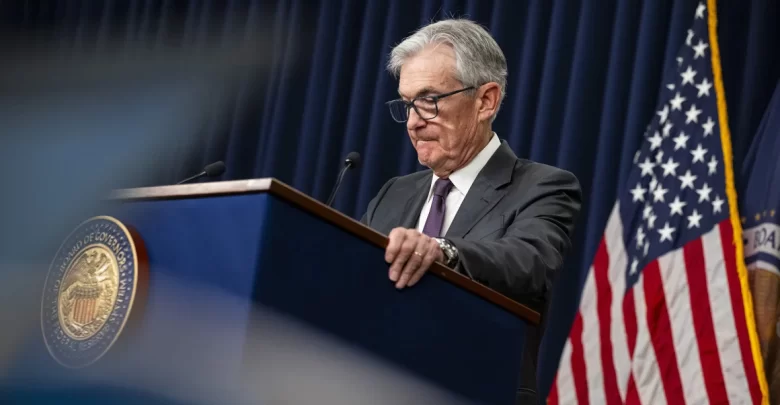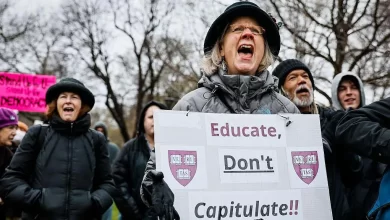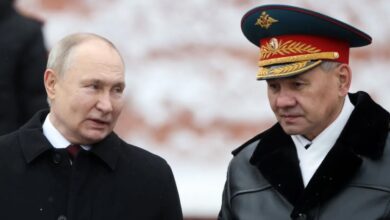BusinessInternational NewsScience
The Fed holds interest rates steady, points to weaker growth and higher inflation amid Trump trade war
The Fed holds interest rates steady, points to weaker growth and higher inflation amid Trump trade war

The Federal Reserve on Wednesday kept interest rates unchanged as central bank officials weigh the impact of President Donald Trump’s aggressive economic agenda.
Wednesday’s decision, which comes at the conclusion of the Fed’s two-day monetary policy meeting, shows that central bankers are waiting for evidence that inflation is headed toward their 2% target — or that the economy is weakening more than expected. Those are the two outcomes that would put rate cuts back on the table. Officials still expect to trim borrowing costs twice this year, according to their latest economic projections released Wednesday.
Standing pat also allows Fed policymakers to see how the Trump administration’s flurry of policy changes ultimately affects the US economy. That includes hefty tariffs, mass deportations and a downsizing of the federal workforce.
Officials in their policy statement acknowledged the higher level of uncertainty these days, a lot of it stemming from Trump’s shock therapy. In recent speeches, officials have said they’re willing to adjust interest rates in either direction, depending on what economic figures show.
The Fed’s latest pause marks the second time in a row that the central bank held borrowing costs steady.
Fed policymakers also expect the economy to be weaker this year than previously thought, according to the projections. They also forecast inflation to be higher this year.
To put it simply, as the Trump administration sets out to enact structural changes, Fed officials see the US economy trending toward “stagflation,” a troubling combination of sluggish or negative growth and accelerating inflation. It remains to be seen whether the US economy ultimately slips into a period of outright stagflation, which last occurred in the 1970s.
All 12 Fed officials with voting power voted in favor of Wednesday’s decision to hold interest rates steady, though Fed Governor Christopher Waller dissented to a decision to slow the pace of the central bank’s offloading of securities on its balance sheet.
The elephant in the room: Trump’s policies
Trump’s policies remain a huge wild card for the Fed because of their potentially wide-raging effects on the economy.
Trump’s tariffs threaten higher inflation and weaker growth, his administration’s aggressive crackdown on immigration can cause labor shortages in certain industries, his mass layoffs of federal workers could send some local economies into a recession, but his deregulation efforts and the extension of his 2017 tax cuts could promote growth. Put together, it’s unclear what the “net effect” of Trump’s policies on the US economy will be, as measured by growth, inflation and the labor market.
Fed Chair Jerome Powell said earlier this month that officials will be guided by what economic statistics ultimately show, not what forecasts predict. While there have been signs of American shoppers growing cautious with their spending, the US labor market remains a sturdy pillar of strength for the economy. In February, unemployment stood at a low 4.1% as employers added a healthy 151,000 jobs. And new applications for unemployment benefits, often an early indicator of any shifts in the labor market, remain historically low.
However, Trump’s agenda has already shown up clearly across various sentiment surveys. Not only are American businesses and consumers growing pessimistic about the economy, but they’re also expecting inflation to ratchet higher and remain elevated in the coming years, according to the University of Michigan’s latest consumer survey.
If long-term inflation expectations continue to climb, that could force the Fed to consider raising interest rates. In 2018 during Trump’s first trade war, rising inflation expectations was a key factor that Fed officials pointed to that would force them consider hiking interest rates, according to a declassified document detailing policy alternatives, known as the




